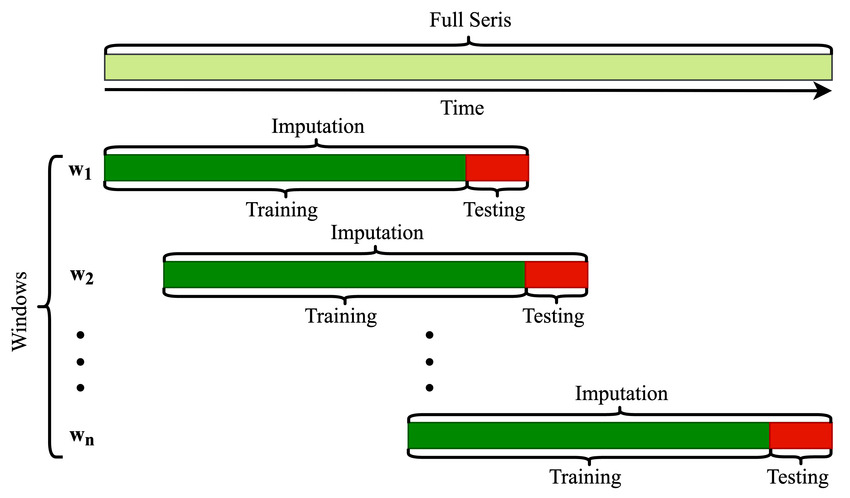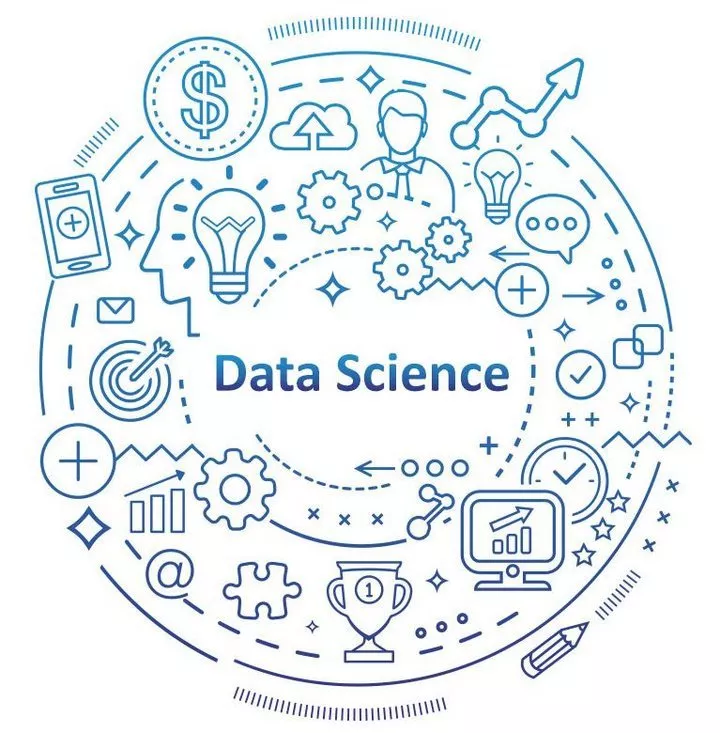The New Illiteracy That’s Crippling Our Decision-Making
Innumeracy is becoming the new illiteracy, with far-reaching implications for decision-making in various aspects of life. Discover how the inability to understand numbers affects our world and what can be done to address this growing issue.








